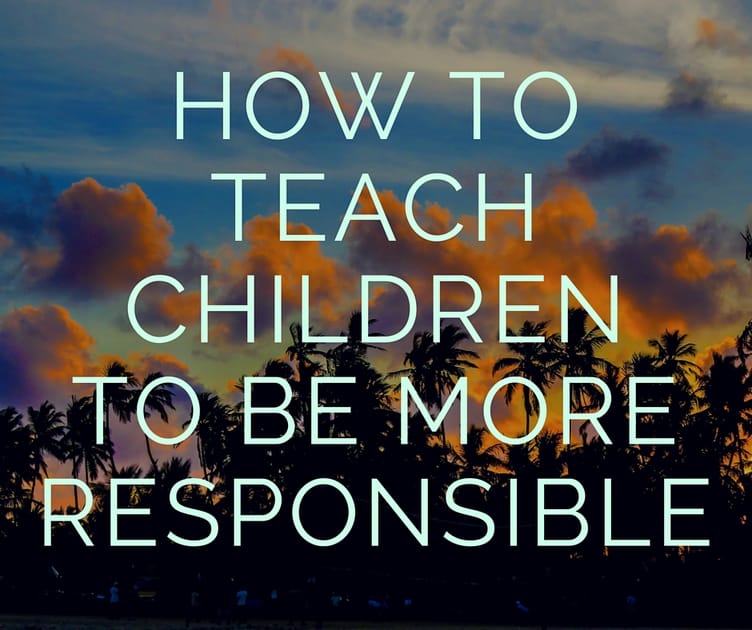A Game Plan for Effective Communication

A few common complaints of couples include he/she doesn’t listen to me, we don’t communicate well, and I don’t feel heard. Most relationships will eventually have issues that need to be discussed. These issues may be big or small. Learning how to listen well and to communicate well involves learning some basic communication skills. Effective communication skills can help a couple navigate through difficult topics that may be hard to discuss.
As couples, we communicate for many different reasons. It may be just to talk, or to manage the details of everyday life. Couples talk as a way to share ideas, ambitions and dreams. Often times couples communicate with the intent to resolve conflict in the relationship. Communication on all levels is essential for a relationship to thrive. Unfortunately, most couples do not know how to
manage conflict and this can lead to disharmony in a relationship. All couples will experience conflict from time to time, how conflict is handled though is a key ingredient in the success of the marriage.
It takes two to communicate well. Learning to talk and really listen to each other is the first step towards good communication that will lead to effective conflict management. To help develop these skills there are certain steps to follow. The skills discussed in this tip sheet will help you to become a better listener and speaker.
One of the first skills in effective communication is to realize that a positive approach and a “win-win” mentality will serve you well. Having positive regard for your partner and his/her thoughts and feelings are an important step.
Each person in a relationship brings with them a style of communication that has been shaped by their family background, life experiences and personality. Sometimes this style of communication means that a person is more, or less, emotional or expressive when talking. One person is also more or less likely to be the one to bring up an issue. Become familiar with your own and your partner’s communication style. An important key to good communication is to remember that you can only have one "speaker" and one "listener" at a time. If you learn to practice these skills when you are getting along well they will be easier to use during difficult discussions.
Taking turns as both the speaker and the listener gives each member of the team a chance to speak, listen and to be understood. One basic idea is that each person has a message to communicate. Sometimes the message is communicated through active listening and conveys to the other person that you understand what they said. Other times, the message is communicated by speaking directly to the other person. Take a turn doing both, and relinquish your turn as speaker to allow the listener the same opportunity to be understood. Clarify that you both understand what each other is saying both on a verbal and an emotional level.
Take a Chill
Sometimes, despite the best of intentions, communication becomes too difficult for a couple. In these instances, someone gets angry, another stops playing by the rules, feelings get hurt or one person feels attacked. All of these negative behaviors undermine the goal of getting your message across, or hearing your partner’s concern. In these cases, taking a break from the discussion is best. To “take a chill” literally allows both people to let the heat and intensity of a discussion cool down enough to where it can be addressed under more relaxed circumstances. This communication break, or chill, can be for a few minutes or even longer if necessary. It should be long enough to give both speaker and listener time to regroup enough to re-engage in the discussion of the issue. An important element in deciding to “take a chill” is recognizing that when one person signals a need to pause the discussion, the other should respect their need for a break. In doing so, agree to a time when you will begin the discussion again. Taking a chill is a mutually agreed upon communication step with the understanding that the issue will be revisited later.
You can separately learn the skills for both speaking and listening but don’t forget to review other skills so you’ll know what not to do as you practice both roles.
Communication with one another is a powerful tool—it can nurture feelings of love, admiration and respect. It can also have a negative impact by creating hurt feelings and anger. Learning effective ways to communicate won’t help you avoid conflict in your relationship, but it will help prevent the conflict you do have, from damaging your relationship.
The Ground Rules below are meant to give you tools to help your communication with one another.
Let’s get started with the tools you’ll need to get your message across.
Speaker in the House—Ground Rules for Communicating Your Message1
Speaker Rule #1: Pick the right time While there is no perfect time to raise a difficult issue, some times are more appropriate than others. Use care in determining what those times may be. Try to pick a time when you and your partner are free of other distractions. This time should be when both you and your partner can approach it positively and give your full attention. For example, this time is likely not during a favorite TV show, immediately upon coming home from work, or during another scheduled activity. As the speaker, you can initiate the discussion by gauging what the most appropriate time may be or simply asking your partner when a good time to discuss an important issue is.
Speaker Rule #2: How You Start is How You’ll Finish The way in which the speaker raises an issue is often a big predictor of how the discussion will go. If you begin the conversation in a harsh way by attacking or blaming your partner, you are likely to have an angry discussion. It is important to avoid creating an environment where the listener feels they need to defend themselves rather than simply discuss. In these cases, your message is not being heard because the listener is too busy defending themselves. Softening the way you begin the conversation with a calm, positive approach will increase the likelihood that your communication will be viewed as non-threatening. A non-threatening or safe communication environment will make the discussion seem worth participating in to the listener. Think of it as a “soft-beginning” where your words and tone are free of criticism or attack. Here are examples of harsh and soft beginnings.
Harsh Beginning—“You didn’t put gas in the car and I was late for work this morning.”
Soft Beginning—“I appreciate it when you put gas in my car, but when you can’t do that for me, let me know so I can make time to stop before work.”
Speaker Rule #3: Speak for Yourself Stick to talking about how you, the speaker, feels. Also, describe the issue at hand for you, rather than stating what you may assume, think or observe to be the problem with your partner. Use the words “I” and “me” to describe things from your point of view. Beginning a conversation with “you” statements, can feel like an attack or attempt to blame the listener. Let’s use the issue of housework as an example:
“I” statement—I get frustrated when I come home from work and the kitchen is messy. This statement conveys a feeling of frustration about a messy house.
“You” statement—You don’t ever clean up after yourself. What have you been doing all day? This statement assigns blame on the listener for the messy house and attacks the listener by implying that they are lazy.
Speaker Rule #4: Be Short and to the Point Try to tackle one issue at a time. Keep your point specific to issues, observations or feelings and raise only those things happening currently. Do not include negative comments that attack the other. For example, the following statement is an example of a personal attack: You were such a jerk last night. A more positive alternative statement would be, "My feelings were hurt last night when you left." It describes specific feelings as the result of an event. Explain your feelings and concerns simply, avoiding the temptation to use long or drawn-out descriptions of things. Getting to the point gives the listener a manageable amount of information. It also provides them with a greater chance to show that they understand your point. Being brief keeps the listener engaged in the discussion and makes them less likely to “tune-out.”











1) There are great benefits of effective parenting to child development under normal circumstances, and even greater benefits in the face of risk. There are certain risk factors that are unique to parent-child relationships. The relationship processes involved may depend on where the risk resides … in the child (e.g. developmental disability, prematurity, behavior problems), the parent (e.g. psychopathology), or the family context (e.g. economic hardship, minority status). Child developmental delay, child diagnosis of ADHD/ODD, and low family income are associated with lower positive parenting scores, a measure of a “resilient parent.” Maternal education acts as a protective buffer to improve resilient parenting for younger children (aged 3-5) while maternal health is protective for 5 year olds. One of the greatest protective factors is maternal optimism, which is effective for children ages 3 to 8. Ellingsen, et al. J. Intellectual development research, July, 2013. Ellingsen, et al. Research in developmental disabilities, April, 2014.
2) Children with developmental delays are more likely to have behavioral issues. The extent of a child’s behavior problems is a strong contributor to parenting stress, more so than the child’s cognitive delay. Baker, et al. Am J Mental Retardation. Dec, 2002.
3) Parental warmth and controlling, in a positive way are the two most important parental attributes that help to create positive effects. In research terms this is parental affect and sensitivity. Positive emotional reactivity and self-regulation are important parental factors in developing healthy children’s temperament. Bates (link is external), et al Handbook of Temperament, Guilford Press, 2012.
4) Mothers and fathers share some childrearing attributes and effects, but also differ in important ways that create unique relationship qualities. (Stevenson & Crnic, 2015; Crnic et al., 2009). Both mothers and fathers of children with borderline intellectual functioning have more negative controlling parenting (child age 5-6) than did parents of typically developing children. In turn, those children with borderline intellectual functioning showed more difficult behavior. It is interesting that negative paternal behavior is predicted by earlier child behavior while negative maternal behavior predicts child difficulties. Fenning, et al. Journal of Family Psychology, April, 2014.